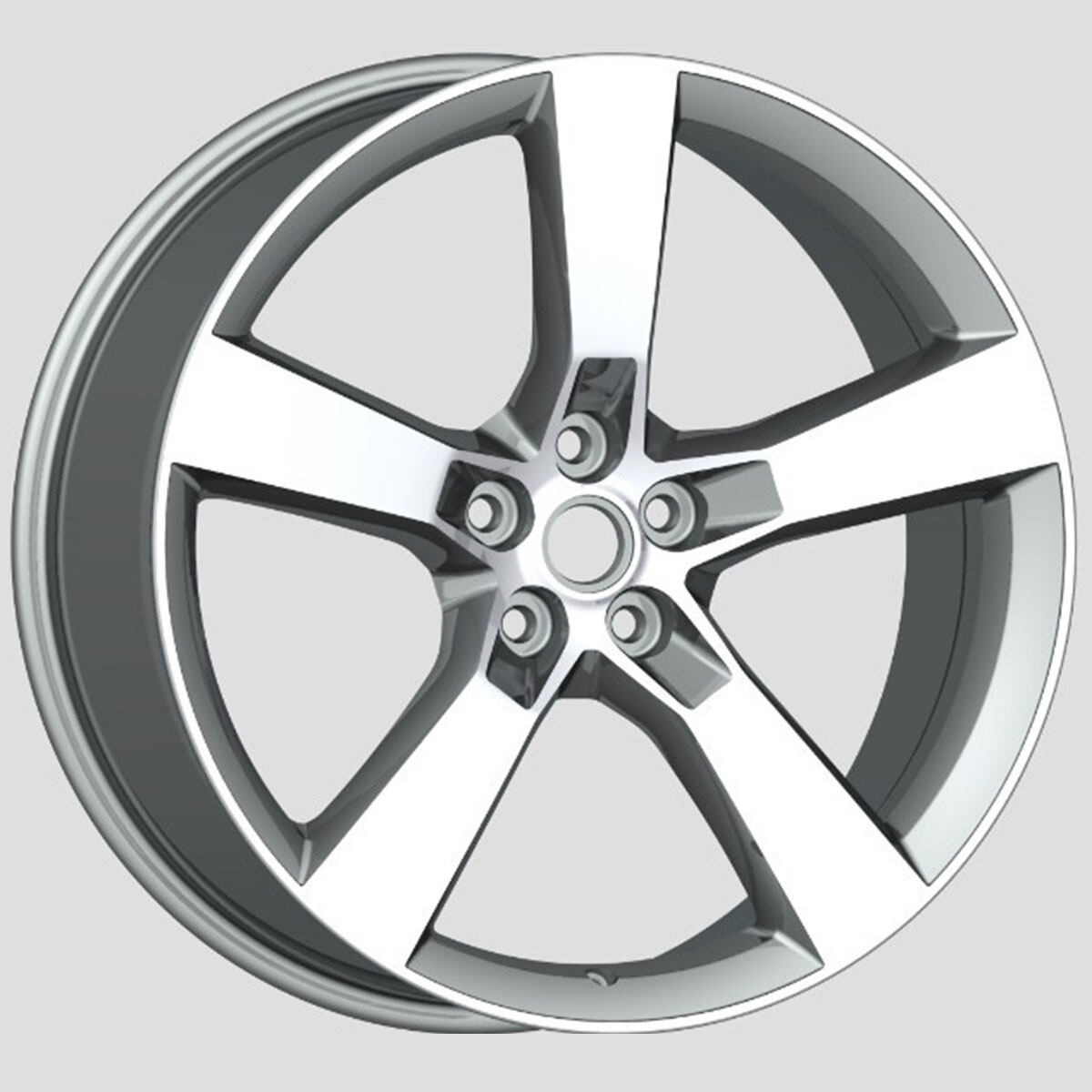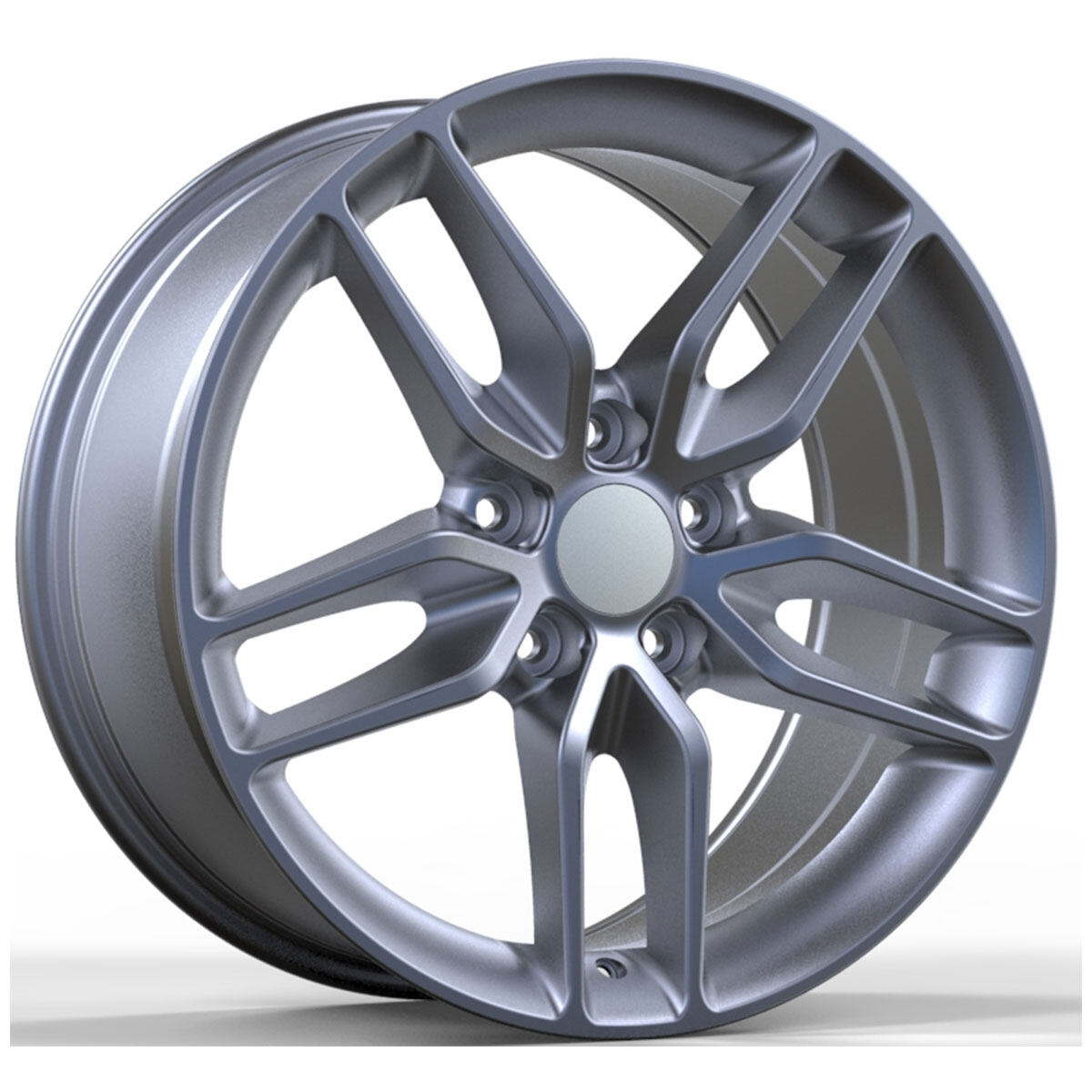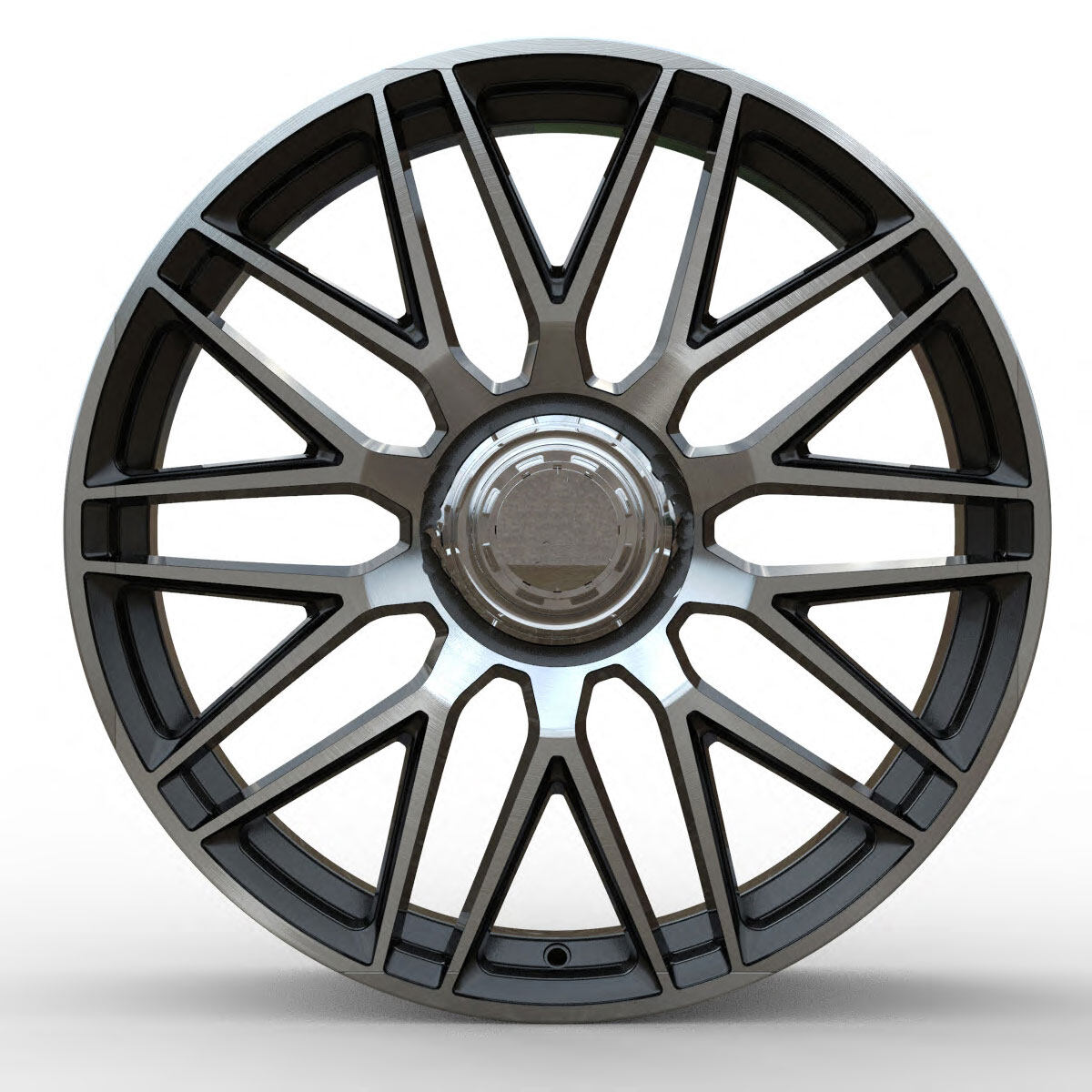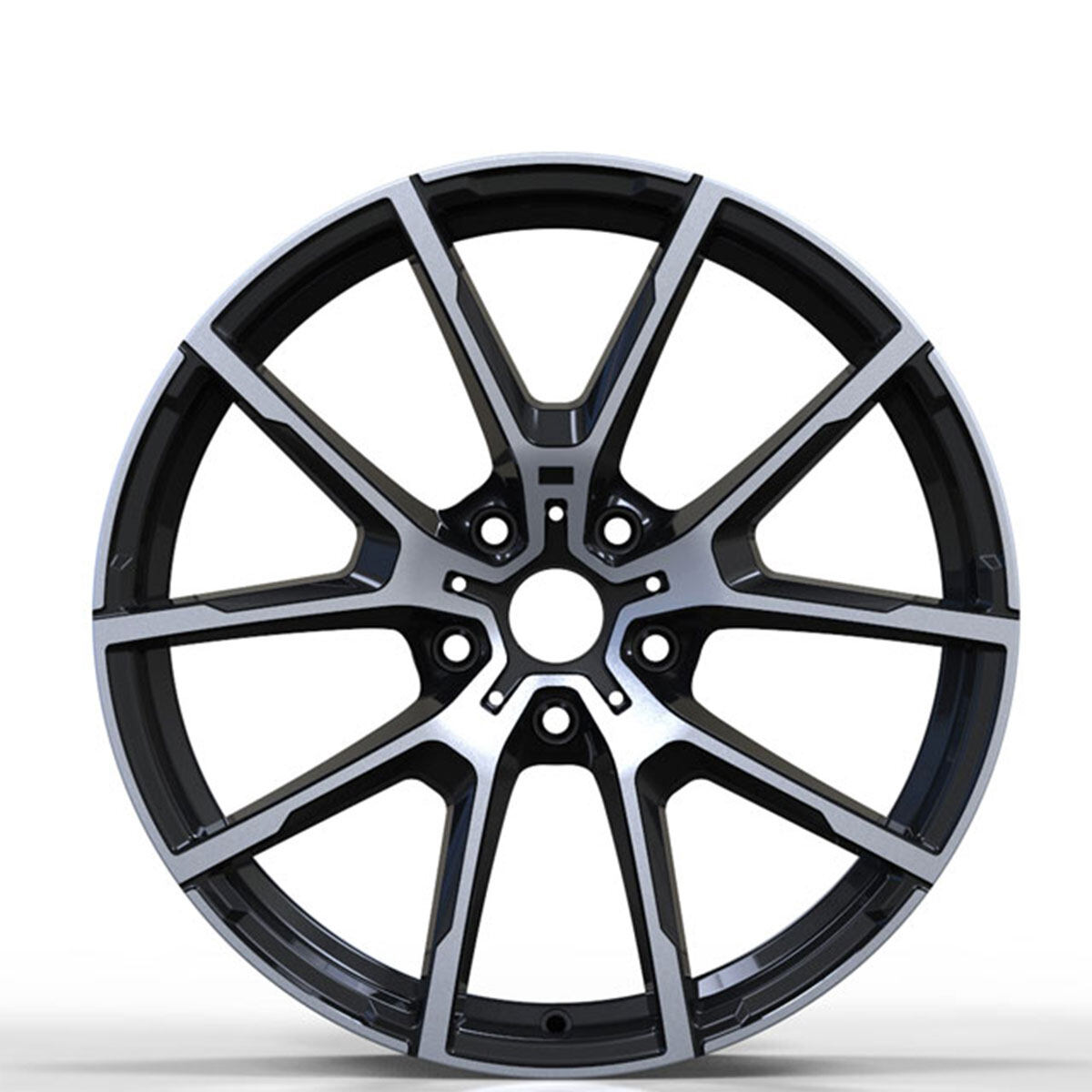Email format error
Email cannot be empty
Email already exists
6-20 characters(letters plus numbers only)
The password is inconsistent
Please enter the email address you’d like your password reset information sent to.
Email format error
Email cannot be empty
Email does not exist
Reset account password
For the account
6-20 characters(letters plus numbers only)
The password is inconsistent
Reset success
Your password was reset. You can log in using your new password.
Login

Replica Aluminum alloy wheels for 2022 New Hummer
Replica Aluminum alloy wheels for 2022 New Hummer
The use of aluminum alloy wheels has a number of advantages, such as good wear resistance and lower weight. These characteristics can make cars consume more fuel and improve their life by 15%. Meanwhile, the price is not much higher than the original material (stainless steel)
Contact us
Inquiry Basket
Product Code:
6111
OEM:
Available
Sample:
Available
Port:
Shanghai Ningbo
Payment:
Other,PayPal,VISA,MasterCard,Western Union,L/C,T/T,D/P,D/A
Place of Origin:
China
Shipping:
Sea freight · Land freight · Air freight
Supply Ability:
100000 piece per Month
Contact us
PRODUCT TAGS






